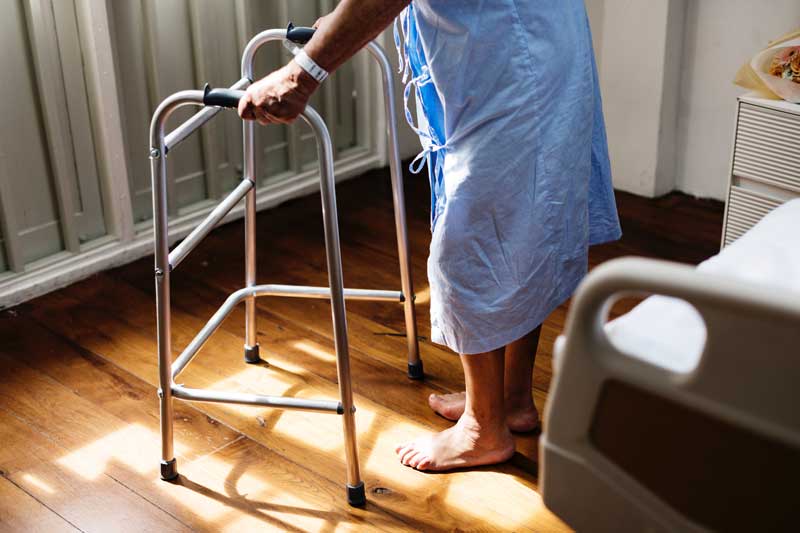According to the National Council on Aging (NCOA), every 11 seconds, an older adult is being treated in the emergency room for fall-related injuries. This makes falls the leading cause of non-fatal and fatal trauma for older Americans. The number of falls is expected to increase by 2020, making it a multi-billion dollar problem. A majority of patients will sustain injuries that lead to larger and critical health complications.
National Falls Prevention Awareness Day, sponsored by the NCOA, takes place on the first day of fall (September 22nd). It aims to raise awareness and educate communities on how they can assess and combat the increasing statistic. Here we are going to take a look at who is at risk for falls and different ways to prevent them — including using analytics.
Who is at risk?
Studies show a majority of falls are experienced by older Americans (ages 65+), and there isn’t a single culprit to blame. With most falls occurring at the home, there are multiple factors to consider as each fall is unique to the individual. A common source of falls are messy areas, specifically those with slippery surfaces or a cluttered floor space. Others may experience falls due to difficulty in trying to perform a task, lack of proper footwear, poor visibility, side effects of new medications, and physical impairments.
How can falls be prevented?
While pre-existing methods of fall prevention have been successful, (utilizing good lighting, wearing proper footwear, keeping a tidy home, and using wearable alert technology), predictive analytics can provide insights that could provide better care to patients and further prevent falls from happening.
In a study from the Phoenix Veterans Affairs, doctors have found great success in creating a program to identify veterans who are at a higher risk of mortality after experiencing a fall. In order to assess which patients are at a high risk, the hospital uses a Care Assessment Need score that is unique to each patient to “gauge a patient’s probability of hospitalization or death within a certain time frame.” This score is calculate based upon their history of falls, surgeries, and pre-existing health conditions. If a patient’s score is ranked higher than others, then their needs are prioritized over others and they are classified as being at a higher risk of experiencing a fall-related injury and will receive the medical attention to prevent it from occurring.
Identifying at-risk patients with analytics
To use an analytics tool successfully, benchmarks would have to be established in order to identify those who could be identified as high-risk patients. However, since falls are unique to the individual, Julie Lamoureux, senior healthcare consultant here at Dimensional Insight, believes that it may not be as clear-cut as it seems. Julie says, “Although there is no consensus on which factors are the best predictors, factors to consider in predicting the risk of fall are easily collected and include gender, age, comorbidity score, history of falls, decrease in mobility function, visual impairment, and the use of psychoactive medications. Those factors can easily be flagged in an electronic health record (EHR) and a risk score can be computed to help healthcare providers selectively perform prevention education and targeted prescriptive therapies like occupational therapy or physical therapy.”
Although aging is inevitable, falls are preventable when you are equipped with the right tools. Using your data with an analytics tool to classify, rank, and prioritize the needs of patients based on their risk scores is one way to reduce the average fall count. Visit the National Council on Aging website for more information on how you can reduce your risk of experiencing a fall.
Read more on patient safety
Ready for a test drive of our healthcare analytics software?
- DIUC19 Day 4: Final Training and Farewell - August 8, 2019
- DIUC19 Day Three: Sessions and Product Showcase - August 7, 2019
- 4 Ways to Sabotage a Data Analytics Project - July 25, 2019



